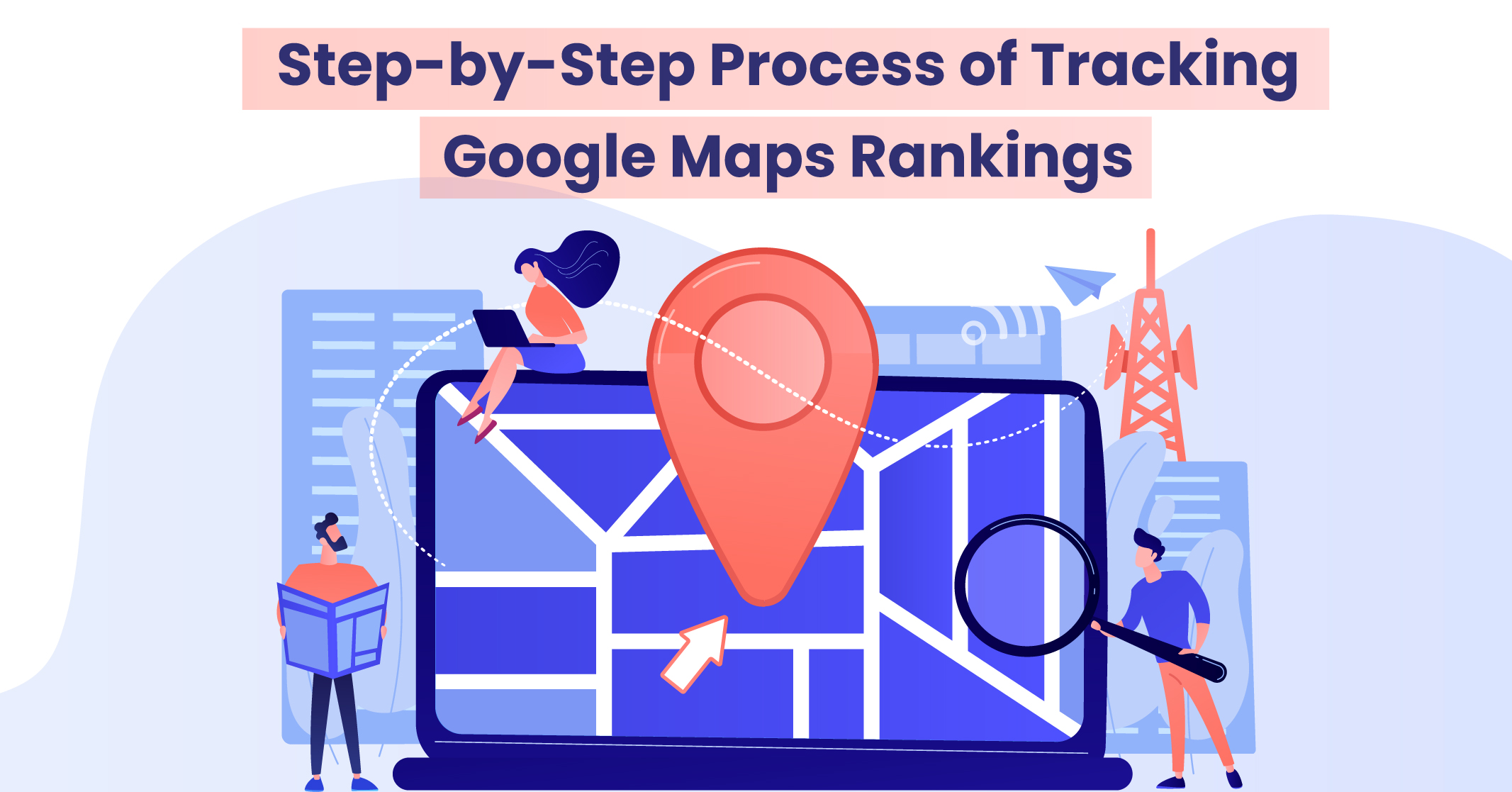Learn how to Execute Local keyword Research for SEO
Let’s dive into the guide for conducting effective local SEO keyword research. By understanding what local users search for, you can optimise your business’s online presence to ensure it appears in the right places at the right time.
In this guide, you will discover:
Click Here – Free 30-Minute Strategy Session
Be quick! FREE spots are almost gone for this Month
Free Quote
- How to conduct local keyword research
- Strategies for effectively targeting the keywords you uncover
- Methods for tracking your website’s rankings to measure your SEO performance
Process of Conducting Local SEO Keyword Research
So, let’s start with what is keyword research.
The process of conducting local SEO keyword research involves identifying and analysing the specific keywords and search terms that are relevant to a particular local area or region. Its objective is to understand the search behaviour of users in that location and determine the local SEO Keywords they use when searching for local businesses, products or services.
- The main purpose of local SEO keyword research is to discover the most pertinent and valuable keywords that can be utilised to optimise a business’s online presence for local search results.
- By targeting these local SEO keywords, businesses can enhance their visibility on local search engine results pages and attract a larger number of local customers.
- During local SEO keyword research, factors such as location modifiers (e.g., city, neighbourhood), industry-specific terms, popular local landmarks, and other relevant identifiers that users might include in their search queries are taken into consideration.
- The process typically involves using keyword research tools to gather data, analysing local keyword search volume and trends, studying competitor keywords and gaining insights into the local search landscape. By conducting comprehensive local SEO keyword research, businesses can gain a competitive advantage.
Learn More: What is SEO Keyword Research?
Differentiating Between Implicit and Explicit Local Keywords

Explicit local keywords indicate the user’s intention to search for something in a specific area. These keywords include location-specific terms or phrases like “near me,” making it evident that the user is looking for results based on their location. For instance, a resident of London who needs a locksmith may search for “locksmith near me” or “locksmith London,” explicitly specifying their location.
Implicit local keywords, on the other hand, do not explicitly mention a location or include spatial terms. However, the user’s intent is still to find something nearby. Users trust that search engines like Google can understand their desire for local results, even without specifying a location. For example, someone searching for a “locksmith” expects Google to recognise their intent and provide relevant local results based on their current location.
What To Know?
- Google employs sophisticated algorithms to detect local intent and uses various methods to determine a user’s location.
- This allows the search engine to deliver local results regardless of whether the search query includes explicit or implicit local keywords. By understanding the distinction between implicit and explicit local keywords, businesses can optimise their online presence to target both types of local search intent and increase their visibility in relevant local search results.
How to Prepare for Local Keyword Research?
To prepare for local keyword research, it is beneficial to compile a list of solutions related to your business. These solutions will serve as the foundation for your keyword exploration, also known as seed keywords. Start by considering the general terms that individuals commonly use when searching for businesses similar to yours, such as “auto repair,” “car shop,” or “mechanic.”
What To Do?
- Next, focus on the specific products and services that people often seek, such as “tire repair,” “brake replacement,” or “car oil.”
- Additionally, take into account the problems or pain points your customers might experience, such as a “punctured tire,” “check engine light,” or “steering problems.”
- Include location terms to make the local intent explicit. Many users incorporate spatial terms like “local,” “nearby,” or “near me” when conducting local searches. Ensure these modifiers are included in your list.
- Include specific place names relevant to your target location. This may encompass cities, towns or areas where your customers are likely to conduct their searches. For instance, if your business caters to the Twin Cities area in Minnesota, you should include locations like Minneapolis, St. Paul, Maplewood and Brooklyn Park.
What To Do?
- Keep in mind that people might also incorporate local landmarks, ZIP code areas or street names when searching, depending on the demographics and geography of your target location. Being aware of these variations can further refine your keyword research.
In the subsequent step, you will utilise the solution seed keywords and location modifiers from this list to proceed with your local keyword research.
Now it’s time to utilise keyword research tools to discover relevant local keywords. These tools provide valuable insights into the actual search queries people use and offer associated data, such as average monthly local keyword search volume.
Traffic Radius’s Keyword Magic Tool, equipped with the largest keyword database in the market, is an excellent choice. It seamlessly integrates with other local SEO tools, allowing you to consolidate your insights in one place.
What To Do?
- Begin by entering one of your solution seed keywords from the previous step into the tool. (Note: With a free account, you have access to 10 searches per day.) Select your target country and click on “Search.” The results will display keywords that contain the seed keyword or its variations.
- To narrow down the keywords with local intent, apply filters. The quickest approach to finding explicit local keywords is to include your location modifiers (from the earlier step) in the “Include keywords” filter.
- Ensure you choose the “Any keywords” option. Save any relevant keywords to facilitate the development of your keyword strategy and tracking of results.
- If you have a Traffic Radius subscription, select the checkboxes next to the desired keywords and click the “+ Add to keyword list” button. For now, keep them in a single list; you will categorise them in the next step.
Tip: If you feel overwhelmed by the results, you can filter for a “KD%” (Keyword Difficulty) score of 0-49%. This will display keywords that are classified as “Possible,” “Easy,” or “Very Easy” to rank for.
- Next, focus on implicit keywords. Move your location modifiers from the “Include keywords” filter to the “Exclude keywords” filter. This will hide the explicit keywords you have already identified.
Then, filter for search queries that trigger the local pack, indicating that the keyword carries a local intent. Follow these steps:
- Go to “Advanced filters”
- Open the “SERP Features” drop-down menu
- Select the checkbox for “Local pack”
- Click on “Apply”
- Again, add any relevant keywords to the Keyword Manager.
Repeat this step with as many seed keywords as possible to minimise the risk of overlooking important keywords.
Tip: Google Keyword Planner is another local keyword research tool that allows you to search by country, territory, region or city. However, keep in mind that it provides fewer keyword insights and filtering options compared to Traffic Radius.
How to Examine the Rankings of your Competitors to Fill Gaps in your Local SEO Keyword Research?

Start by searching a local keyword on Google to identify your main online competitors. If your business is not located near your current location, you can use a tool like “I Search From” to see what the locals see in the Google search engine results pages (SERPs).
What To Do?
- Alternatively, you can specify a place name in your search query. For example, if you own an auto shop in Philadelphia, search for “auto shop Philadelphia” to find competitors like Don’s Auto Repair and Philly Auto Repair.
- You can also utilise Traffic Radius’s Domain Overview tool to discover competitors who rank for similar keywords. Enter your domain (e.g., site.com), select your target country, and click on “Search.”
Localised Keyword Research Tip: If you have different pages for different locations, go back to the search bar at the top and replace the domain with your location-specific URL (e.g., “site.com/locations/city”). Then change “Root domain” to “Exact URL” and click “Search.” This allows you to find competitors specific to that location.
- Scroll down to the “Main Organic Competitors” section, where you can immediately jot down the domains of your top competitors or click on “View details” for more information.
- Once you have identified your main online competitors, use Traffic Radius’s Keyword Gap tool to compare their rankings against your own. Follow these steps:
- Enter your URL and up to four competitors’ URLs into the tool. If available, use location-specific URLs for a more targeted analysis.
- Select your target country and click on “Compare.” At this point, it’s recommended to switch from “Desktop” to “Mobile” results, as most Google searches are conducted on mobile devices.
- Exclude keywords that contain your competitors’ brand names. Generally, you may not want to target these keywords, although there might be rare exceptions. Set up the “Exclude Keyword Containing [Competitor Name Here]” filter under “Advanced filters.”
By analysing your competitors’ rankings using these tools, you can gain valuable insights into their keyword strategies and identify potential opportunities to enhance your local SEO efforts.
Keyword Mapping Process
After compiling your list of local keywords, it’s important to map each keyword to its corresponding target URL. This process, known as keyword mapping, ensures that you have an optimised page for every search term and provides highly relevant results for customer queries.
- To effectively perform keyword mapping, examine the search engine results pages (SERPs) to understand which types of pages are ranking well for each target keyword. Use the Keyword Overview tool in Traffic Radius and navigate to the “SERP Analysis” section for each keyword.
- For example, when analysing the keyword “mobile tire repair Philadelphia,” you may find that competitors are ranking with highly relevant service information pages. Take note of these pages as they should serve as a reference for targeting a similar type of page.
- Keep track of target URLs using tags. If a page doesn’t exist yet, you can use a placeholder URL slug like “tire-repair.” If you’re using a spreadsheet, consider adding a “Target URL” column to record this information.
- During the keyword mapping process, you may encounter keywords that share the same target URL, such as “brake pad replacement” and “brake pads fitted.” In such cases, group these keywords together using the same tag or target URL name. Once you’ve completed keyword mapping, you can view keywords organised by target URL and create a plan for each.
- If the target URL already exists, employ on-page SEO best practices to optimise it for the target keywords. Traffic Radius’s On-Page SEO Checker can guide you by offering actionable recommendations based on the top 10 results in your chosen location (country, region, or city).
- If the target URL doesn’t exist, create a page that aligns with the search intent and provides the searcher (and Google) with what they’re looking for. If you’re unsure where to start, use Traffic Radius’s SEO Content Template tool by entering your target keyword(s) to receive guidance and recommendations for creating optimised content.
Tips on Optimising Your Google Business Profile

Do you want to optimise your Google Business Profile? Here is how you can do it:
- Maintain accurate and updated information: Keep your Google Business Profile details, such as business name, address, phone number, website URL, and business hours, accurate and regularly refreshed.
- Optimise your business description: Craft a captivating and informative business description that highlights your unique selling points, products or services and key features.
- Leverage the power of visual content to enrich your Google Business Profile. Upload high-quality photos showcasing your products, premises, team and other visually appealing aspects of your business.
- Encourage positive customer reviews to bolster your online reputation and attract more customers. Provide exceptional service to generate satisfied customers and actively request feedback.
Learn More: 7 Secrets About Google My Business Listing
Tips for Managing Multiple Locations
To effectively handle multiple business locations, it’s important to conduct local SEO keyword research for each specific location. Remember, search behaviour and displayed results vary across different locations, so simply substituting location names in your keywords might cause you to miss out on valuable SEO opportunities.
Once you have obtained location-specific keywords, it’s crucial to map them to individual location pages. These pages should be optimised specifically for each location, allowing you to target your keywords more precisely.
Let’s take the example of Fat Hippo, a burger restaurant chain in the U.K.
- For their Newcastle location, they have a dedicated page at fathippo.co.uk/locations/newcastle, which targets keywords like “best burgers in Newcastle.” This is evident from the search engine results page (SERP) shown.
- Similarly, their Cardiff location has a specific page at fathippo.co.uk/locations/cardiff, targeting keywords such as “best burgers in Cardiff.”
These location pages serve the purpose of providing highly relevant information to searchers in each respective area. Restaurants can attract and engage potential customers more effectively by including unique elements on each page, such as:
- Restaurant Photos
- Amenity Lists
- Contact Details
- Social Media Links
- Opening Hours
- Location Descriptions
- FAQs
Step-by-Step Process of Tracking Google Maps Rankings

Follow these steps to effectively track your Google Maps rankings:
- Identify your target keywords: Determine the specific keywords or phrases that are relevant to your business and location. These are the terms you want to monitor in Google Maps rankings.
- Select a rank tracking tool: Choose a dependable tool for tracking your Google Maps rankings. Several options, such as Traffic Radius offer features specifically designed for local ranking tracking.
- Set up your tracking campaign: Create a new campaign or project within the rank-tracking tool to monitor your Google Maps rankings. Enter your target keywords and specify the location you wish to track. This ensures that the tool focuses on monitoring rankings for your desired area.
- Monitor the rankings: Once your tracking campaign is established, the tool will regularly check and record the rankings of your target keywords in Google Maps. It will provide you with updated data on your rankings over time.
- Analyse the data: Review the ranking data provided by the tracking tool. Pay attention to any fluctuations or trends in your rankings. Identify which keywords are performing well and which ones may require improvement. This analysis will enable you to make informed decisions regarding your local SEO strategies.
- Take steps to improve rankings: Based on the insights gained from the tracking data, optimise your Google My Business profile, local citations, website content and other relevant factors to enhance your rankings.
- Track competitor rankings: It’s crucial to monitor the rankings of your competitors in Google Maps as well. This allows you to compare your performance with theirs and identify opportunities where you can surpass them.
By consistently tracking your Google Maps rankings and adjusting your strategies accordingly, you can optimise your local SEO efforts and enhance your visibility in Google Maps search results.
Learn More: Google Maps Marketing
Conclusion
To boost your business’s local visibility online, there are additional steps you can take beyond local keyword research. Here are some suggestions:
- Expand your knowledge and understanding of local SEO strategies by enrolling in Traffic Radius’s Marketing Strategy Sessions.
- Access a wide range of powerful tools specifically designed for local SEO by signing up for a free trial. This toolkit offers valuable features to optimise your local online presence and increase visibility.








LEAVE A REPLY